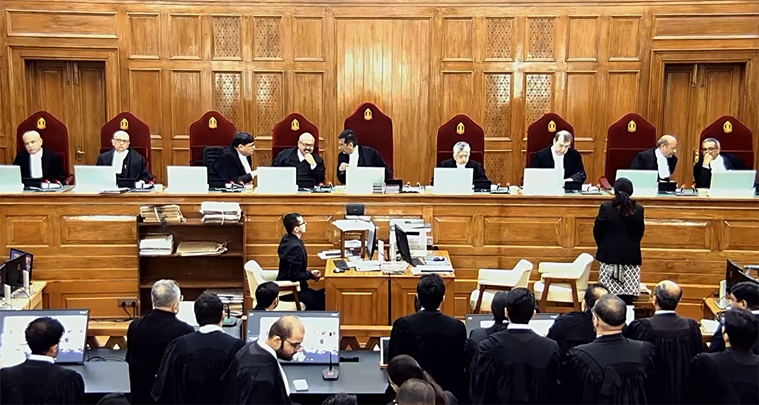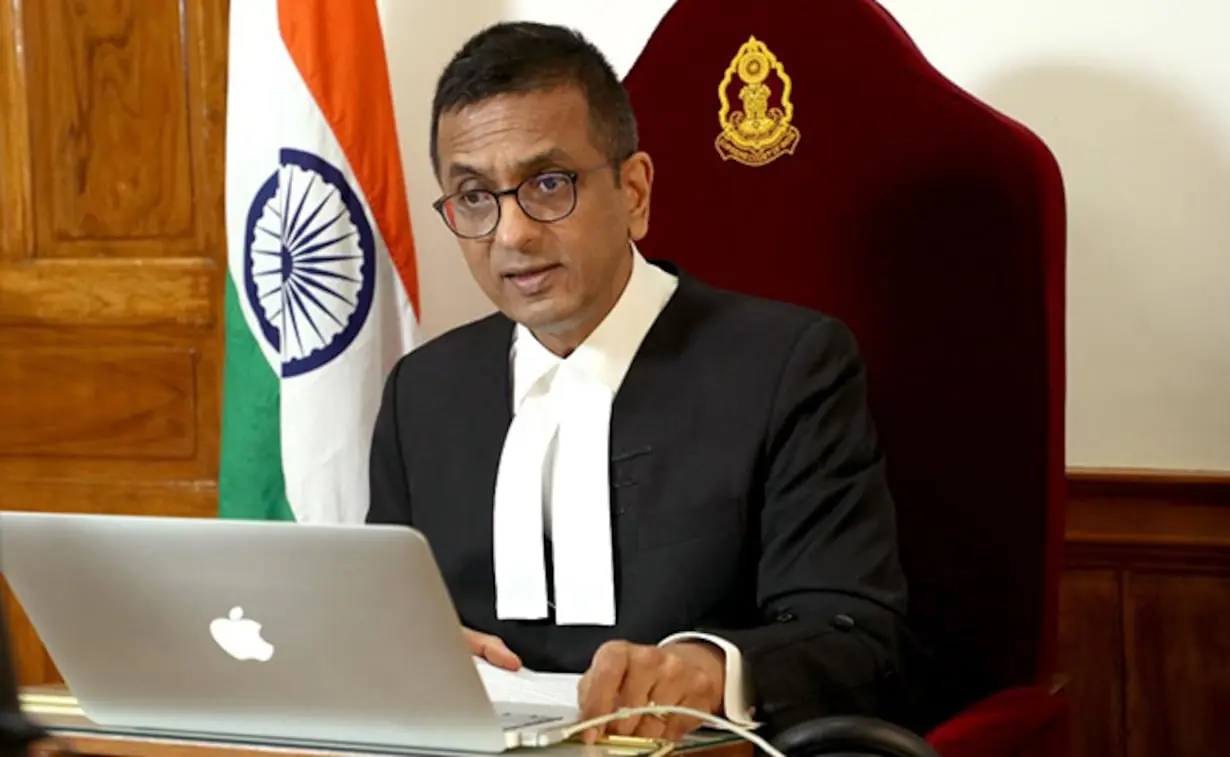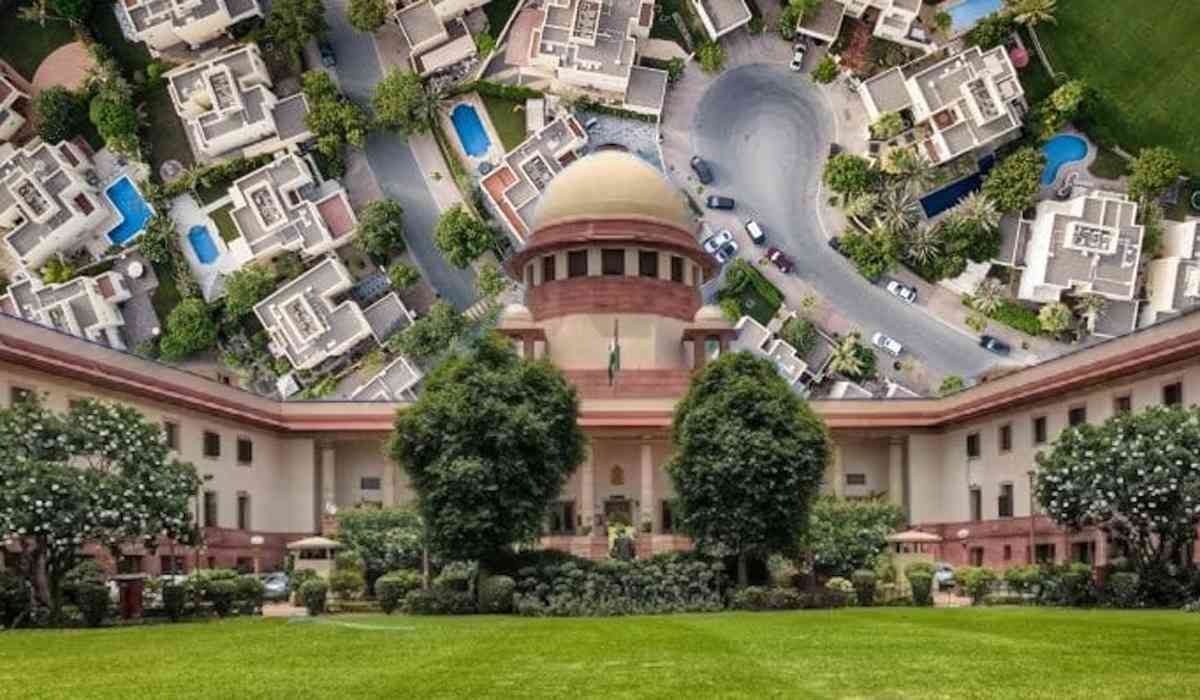On Tuesday, the Supreme Court of India issued a landmark ruling curbing the powers of the government to acquire private resources for public purposes. It ruled in an 8-1 majority judgment that only certain private resources are eligible to be acquired by the state as "material resources of the community," meeting specific criteria. This judgment was presented by Chief Justice of India Dhananjaya Y Chandrachud which seeks to strike a balance between the public good and private property rights while discussing the limits imposed by Article 39(b) of the Constitution.

Overview of Article 39(b) and State Acquisition
Article 39(b) instructs the state to take control over resources in a way that makes them available for public good. The court’s ruling established that this directive does not give the government unchecked authority to acquire private assets. The judgment specified that resources eligible for acquisition must genuinely serve the community’s needs. "Nothing is more fundamental than that public welfare is paramount-but that it must be construed with the rights of the individual property owner," read another court ruling.

While the majority of the judges leaned toward limiting government power but Justice BV Nagarathna offered a partially concurring perspective. She noted that earlier views reflected India’s post-independence focus on socialist ideals. Justice Sudhanshu Dhulia dissented and suggested that the task of defining “material resources of the community” should rest with the legislature rather than the judiciary.
Practical Implications
This judgment is arising from a case concerning Maharashtra's housing redevelopment policy, sets a precedent that reinforces the balance between government intervention and property rights. The court has clarified how private resources can be used for the public good while protecting individual ownership rights by defining criteria for acquisition.
Inputs by Agencies
Image Source: Multiple Agencies
Ⓒ Copyright 2024. All Rights Reserved Powered by Vygr Media.























